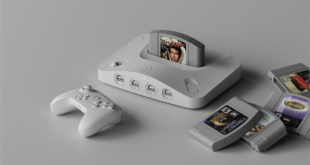AV receivers are notoriously complex, with reams of features and confusing technical specifications. (For example, what’s 4K/120Hz anyway?) Yet, what are the things that really matter when buying a new model? I’m going to sum up the most important ones right here.
HDMI inputs
With most TVs and set-top boxes supporting HDMI, you should buy a receiver that has as many of these HDMI input ports and outputs as possible. Front-mounted HDMI ports are kind of like an appendix — unneeded, because most users don’t hot-plug HDMI devices — making the number of rear inputs what’s most important. (How else are you going to connect your Roku, Blu-ray player, Nintendo Switch and all your other devices?) The Onkyo TX-NR6100 and Denon AVR-S970H have six rear-mounted HDMI inputs, while the Yamaha RX-V6A goes one better with seven. If you want to connect two different displays — a TV and a projector, for example — all but the Yamaha offer a second HDMI output. You should also be sure you have an extra HDMI cable or two on hand — these things are like the second sock of a pair as you can never find them when you need them.
Dolby Atmos capability
Most receivers in the $500-and-above price range include Dolby Atmos capability and DTS:X, but the effect they have on your home theater movie-watching can be subtle, or in most movies, nonexistent. In other words, don’t worry about missing out on these formats by not installing an extra height speaker or two. Mounting your rear surround speakers high on the wall will get you halfway there in terms of quality, immersive sound.
WiFi music streaming
Most midrange receivers have onboard Wi-Fi network connectivity for wireless music streaming via your speaker system. There are plenty of standards for wireless streaming services, but the most universal are Spotify Connect, Apple AirPlay and Google Chromecast built-in/Google Cast. If you’re looking to build a multiroom system with a variety of AV systems and speakers with wireless connectivity, these are the three flavors to aim for. Onkyo and Sony are the only devices to support all three. The Denon receiver model lacks wireless streaming via Google, but ups the ante to AirPlay 2 and the proprietary HEOS system. Meanwhile, Yamaha has its own MusicCast system.
 synnbiob
synnbiob


